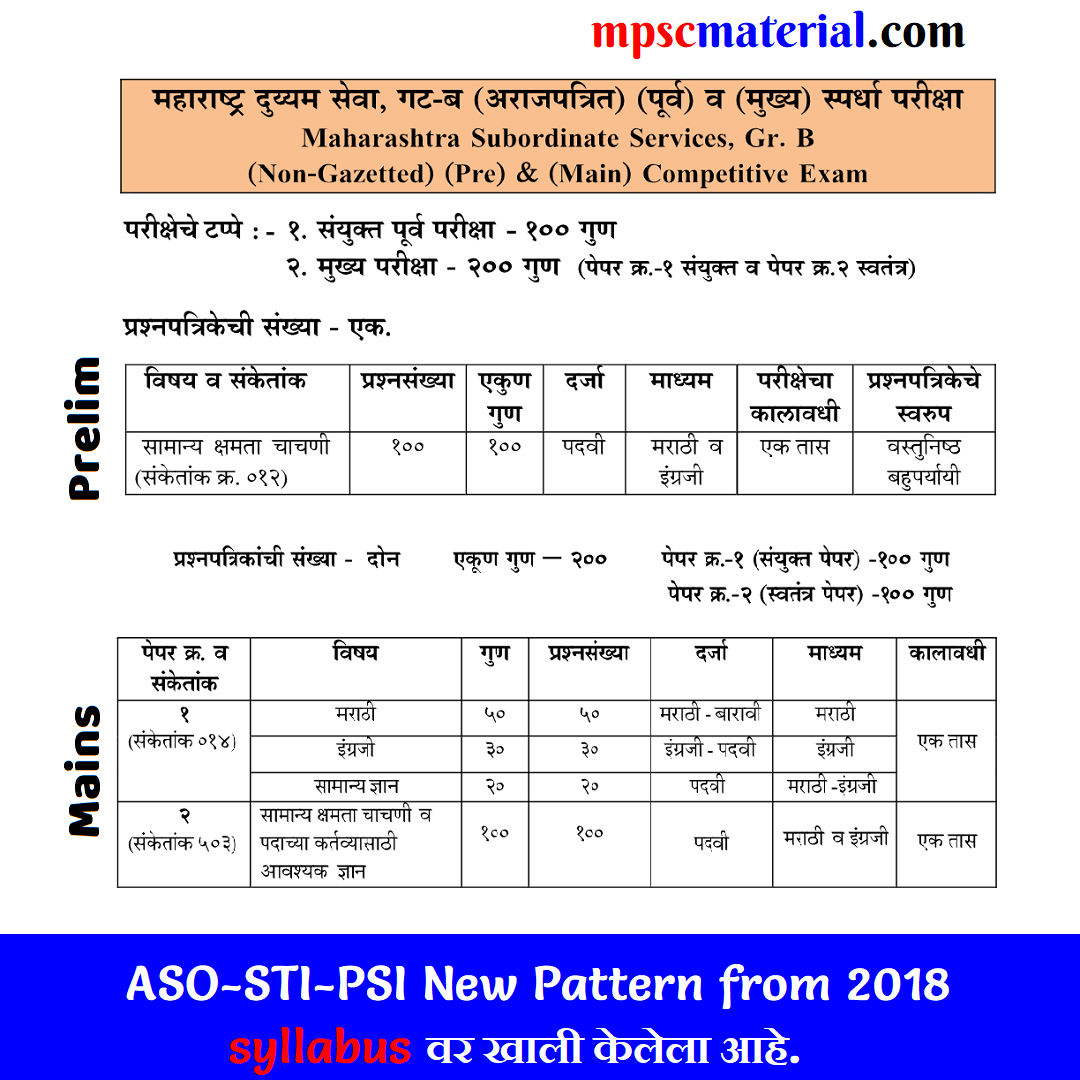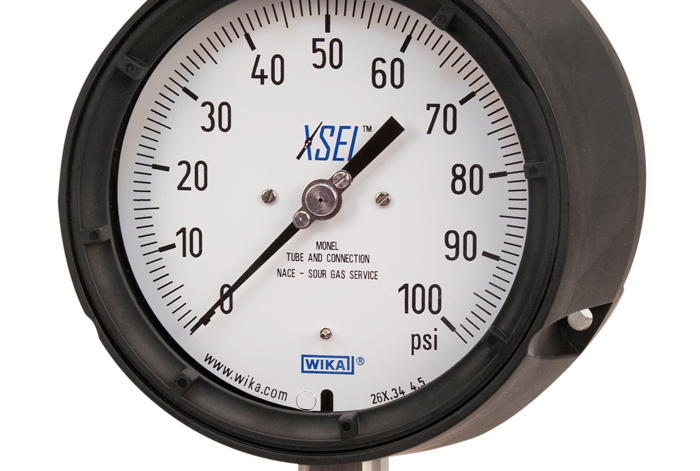

Distill Certain SentencesĮnglish and Kannada both are very different languages. Have some thoughts and stir your memory to use the suitable words for the translation. Be it English to Kannada translation or Kannada to English translation you can translate only when you understand the content. Think, if the given content requires contextual translating or word to word translation. Reading the passage correctly will give you a clear idea regarding the subject and context.

Understand what they are trying to say and how you can translate it. In the PSI exam, whether it is English to Kannada or Kannada to English translation you should first read the given passage carefully. In the PSI exam Paper 1, English to Kannada, or Kannada to English translation should be done on the given paragraph.

In the PSI exam they test the language ability of candidates through Translation. Translation means converting the information given from one known language into another.
Proofread, Proofread And Proofread Again!. (2005) Prospective comparison of three validated prediction rules for prognosis in community-acquired pneumonia. Thorax 65(10):878-83.Ĥ) Aujesky D, Auble TE, Yealy DM, Stone RA, Obrosky DS, Meehan TP, Graff LG, Fine JM, Fine MJ. (2010) Severity assessment tools for predicting mortality in hospitalised patients with community-acquired pneumonia. N Engl J Med 336(4):243-50.ģ) Chalmers JD, Singanayagam A, Akram AR, Mandal P, Short PM, Choudhury G, Wood V, Hill AT. (1997) A prediction rule to identify low-risk patients with community-acquired pneumonia. Thorax 58(5):377-82.Ģ) Fine MJ, Auble TE, Yealy DM, Hanusa BH, Weissfeld LA, Singer DE, Coley CM, Marrie TJ, Kapoor WN. (2003) Defining community acquired pneumonia severity on presentation to hospital: an international derivation and validation study. PSI risk stratification and class recommendations: Risk Classġ) Lim WS, van der Eerden MM, Laing R, Boersma WG, Karalus N, Town GI, Lewis SA, Macfarlane JT. ■ Systolic blood pressure 130: Risk Class V.Ĭlass I and II risk patients can be treated ambulatory with oral antibiotics while for class III patients, further observation might be required before deciding whether to continue ambulatory or to admit in hospital.Ĭlass IV and V patients are deemed as most severe and need to be treated as inpatient. ■ Systolic blood pressure 30/minute (+20) However, in terms of ICU admission, the PSI proves to have a higher sensitivity.ĭuring step 1 of the Pneumonia Severity Index (PSI) calculator, the clinician is advised to select any of the criteria that might apply in that specific case: Although it offers an equal sensitivity in mortality prediction, the PSI proves to have less specificity than CURB-65, 52.2% compared to 74.6% in terms of risk prediction in severe pneumonia. The CURB-65 (confusion, urea nitrogen, respiratory rate, blood pressure) is another clinical pulmonary stratification tool that uses only a few of the factors in the PSI evaluation. It is of vital importance in making diagnosis and treatment initiation more time and cost effective and aims at predicting 30 day survival based on gender and age risk factors, existence of certain comorbidities and physical examination and laboratory findings. This is a score based on certain clinical prediction rules such as pulmonary risk factors and is also known as the PORT score. This is a health tool that stratifies morbidity and mortality risk in patients with community acquired pneumonia. How does this Pneumonia Severity Index (PSI) calculator work?







 0 kommentar(er)
0 kommentar(er)
